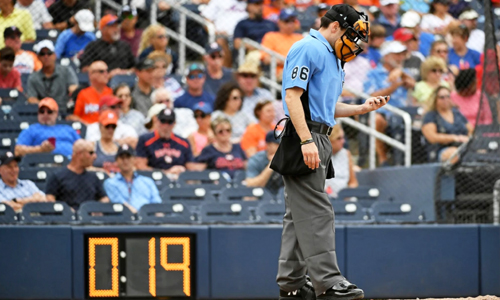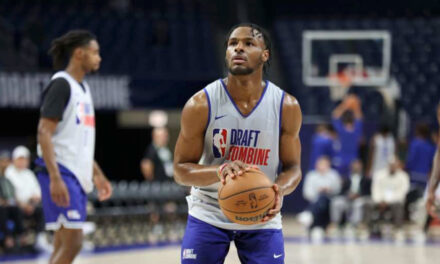
Baseball chatter gets a bit louder when the calendar turns to March. Moreso this year it seems as MLB is implementing a pitch clock to accelerate the pace of play.
The goal is to knock the average game time down from about three hours to a 2 ½ hour range. There are still a few of us who remember those 2 ½ hour or shorter games that took place about forty-some years ago.
The thinking is that the current length of games is turning past, current, and future fans away from the game. I agree with that thinking.
The timer, or pitch clock, has been the focus of team meetings, live batting practice sessions and spring training games in Florida and Arizona as the season draws near. The players have a month to figure it out and get used to it.
After the first weekend of spring training games, the goal of reducing game times is working as games averaged around 30 minutes shorter. The first weekend also introduced spirited discussion over exactly how to present the game’s newest feature.
One topic of discussion centers around if the countdown should be visible for TV viewers. I vote yes on that one.
I have yet to watch a spring training game but I already know I am all about the pitch clock. I would ask all fans to keep an open mind on the changes. I believe that speeding up play will remind us that this is the way the game was meant to be played. The players of the past few generations were not moving with the same pace and rhythms as their predecessors.
Babe Ruth hit over 700 home runs without stepping out of the batter’s box after every single pitch to spend close to a minute to adjust a batting glove or his jock.
Bob Gibson did not need a minute between pitches to strike you out. He caught the ball on the rubber and was ready for his next pitch. No need to walk around the mound adjusting your hat upwards of ten times.
We are about to be reminded that baseball is capable of completing an inning in a few minutes.
And we will also be reminded that there will be less time between the plays that capture our attention. All with the assistance of a little clock to keep the action moving.








